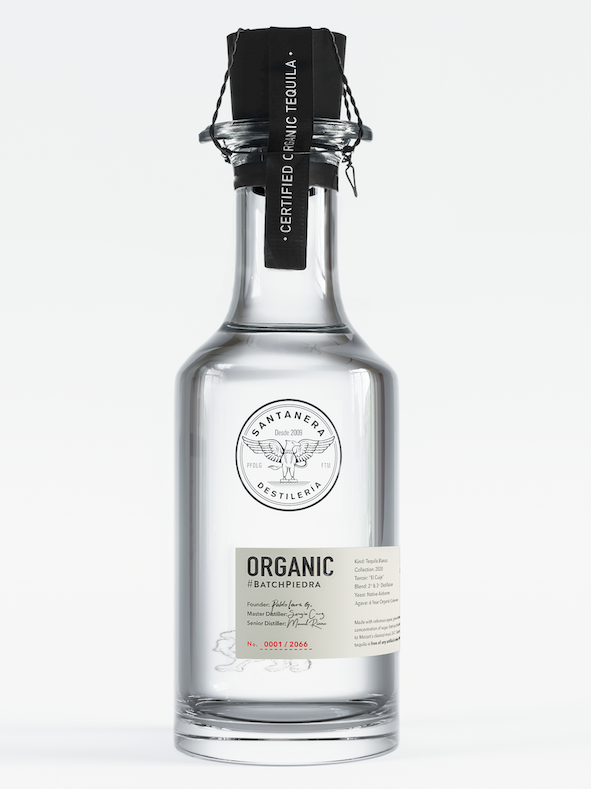This section is dedicated to people we admire in the tasting field, privileged noses that give their interpretation of #BatchPiedra
— Casa Santanera
Instagram
Humberto Falcón
He was born in Mexico City on August 5, 1974. In 1999 he met Guillermo González Beristáin at his Pangea restaurant where he began a long friendship and a number of meetings around wine and food. It is then that one day they decide to join together to create a Mexican wine. Thus begins the adventure, in 2002, with the first edition of Mariatinto.
In 2004 Humberto studied Oenology at “Estación de Oficios El Porvenir”, in Valle de Guadalupe. A year later he is certified as a Sommelier by the Court of Master Sommeliers.
In 2009 Humberto and Guillermo ventured to the French region of Roussillon, and bought 2 hectares of vineyard, from which they produced the Sang Bleu wine and Madame Babette, a few years later in 2016, launched their new wine project called Balero, a wine produced in the Valle de Guadalupe for a younger market than Mariatinto.
In 2017 they launched M de Mariatinto, a commemorative wine of the first 15 years of adventure; a selection of the best 17 barrels of the 2015 vintage, finally in 2019 the Sang Bleu line is complemented with a white and a rosé wine produced in the Languedoc region of France.
Tasting Notes:
“The difference between mezcal and tequila is the terroir”
I once heard a phrase that keeps spinning in my head: “The difference between mezcal and tequila is terroir.” I don’t remember who told me, I just remember that since I heard it, I have reflected a lot on our two distilled national treasures.
In tequilas, little is said about the origin, unlike mezcals. Tequila has been encapsulated in a style, while in mezcal you can find enormous differences, of regions, towns, agaves, styles, etc. Lote Piedra, is the example that also in tequila there is terroir, respect for the origin and the soil.
A tequila with a great depth of concept that is reflected in the tasting. The aromas express the soil, with all the minerals. Notes of graphite, clay, mud, wet slab give way to the fruity expression of apricot, guava, quiote and green tea. In the mouth it is rustic and huge. The mineral sensation is repeated, surrounded by a warm alcohol and refreshing acidity. It does not fit within what you have thought a tequila is, this is much more complex and demanding of attention. It is a tequila for meditation and company.. “
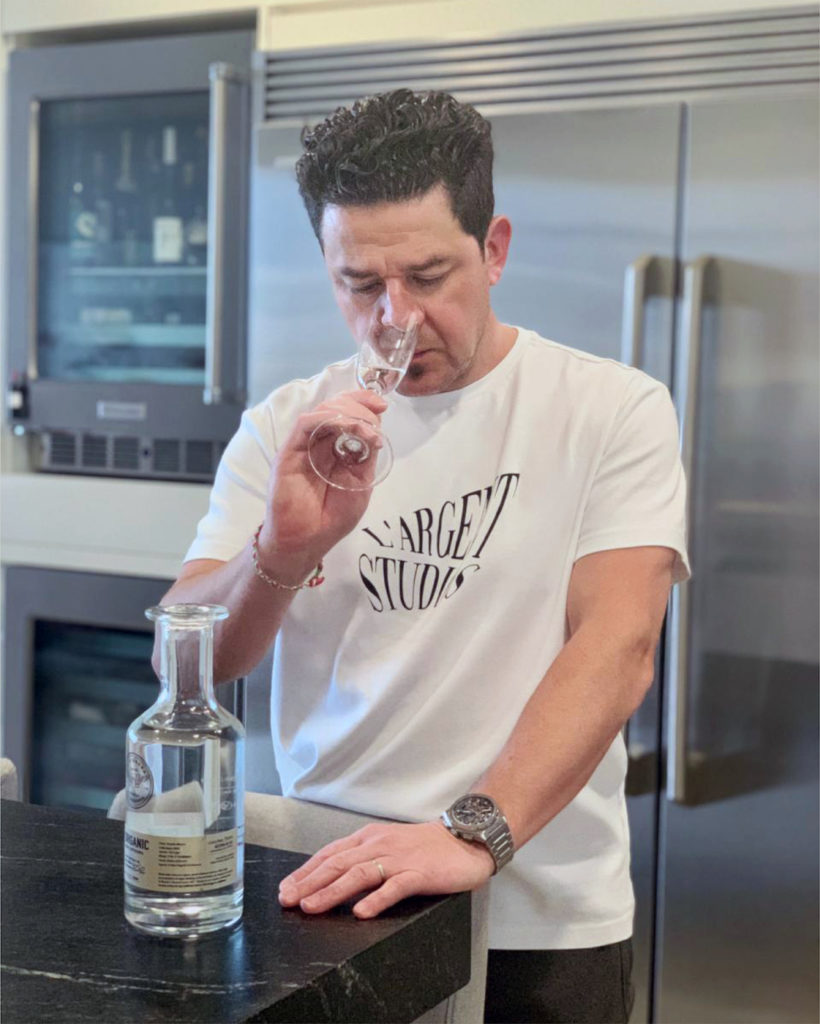
Professional
Cyrille Mald
Cyrille Mald is a writer, columnist and entrepreneur. Cyrille is the CEO of Rum Intelligence SAS, the organising company of the International Sugarcane Spirits Awards, the competition covering the combined expertise of the Rum Fest Paris and Rum Fest London, bringing together the skills of world’s leading specialists.
He is in charge of the spirits column of la Revue du Vin de France (RVF). The RVF is an Institution in France and China as the leading Wine & Spirit magazine since 1927, (in France: 300.000 monthly readers, 70% of which are prescribers and 350.000 monthly website visitors). He is also in charge of the tasting sessions of Rumporter and the whisky column of the mainstream ‘M’ le magazine du Monde.
Cyrille is also co-author of Iconic Whisky a 447 pages whisky guidebook. With 1000 whiskies listed, this book published in 26 countries is the worldwide top five most distributed book on spirits.
He is also Ambassador of the Scotch Malt Whisky Society and judge in European and Worldwide Competitions (Concours Mondial des Spiritueux – Spirits Selection ; Rhumbellion ; RhumFest Awards ; Cocktail Spirits ; Mexico Selection by CMB; Kura Master; Sake Selection, Brown-Forman Contest, etc.).
Tasting Notes:
When blue agave turns green!
It is a fact that high-quality organic spirits are becoming increasingly important and the growth in consumer demand is increasing around the world, in general, and in Europe, in particular. This is all the more important that this type of production is part of the sustainable exploitation of a balanced environment that regenerates its own resources. But it’s also about reconnecting blue agaves with their biotope. In parcel cultivation on living soil, agaves transcribe the qualities of their terroirs, shaped by soil varieties, plant and mineral material, the climate but also by the know-how of those who cultivate and distill them.
Yields are lower but aromas are more intense, because whatever nutrients are in the soil, they are concentrated in fewer plants. It is this approach that I have the pleasure of finding in the tequila Santanera on the first nose, that reminds me of the strong choices of the high-end wineries in Burgundy in France. If only 0.5% of tequilas on the market has an organic certification it’s a no-brainer that this figure will increase in the future. That is the path forward.
Batch Piedra is brilliant and there are good reasons for that. Second jima before the load in volcanic stone oven, native yeast, eleven days of fermentation, long cuts of heads and tails: everything is done so that it fully express its terroir. Here the minerality of the rocks of ceboruco, at 1400 m altitude, offers tones of fresh clay, beach pebble, lava stone, highlighted by cooked guava and agave. The mouth is even more emphatic than the nose, tighter focus on slate, wet rocks flecked with violet flowers, mustard seeds and black olive. The finish is fresh as expected, clean with an hessian and earthy profil. The salty & peppery touch in the aftertaste drives it home: a wonderful journey.
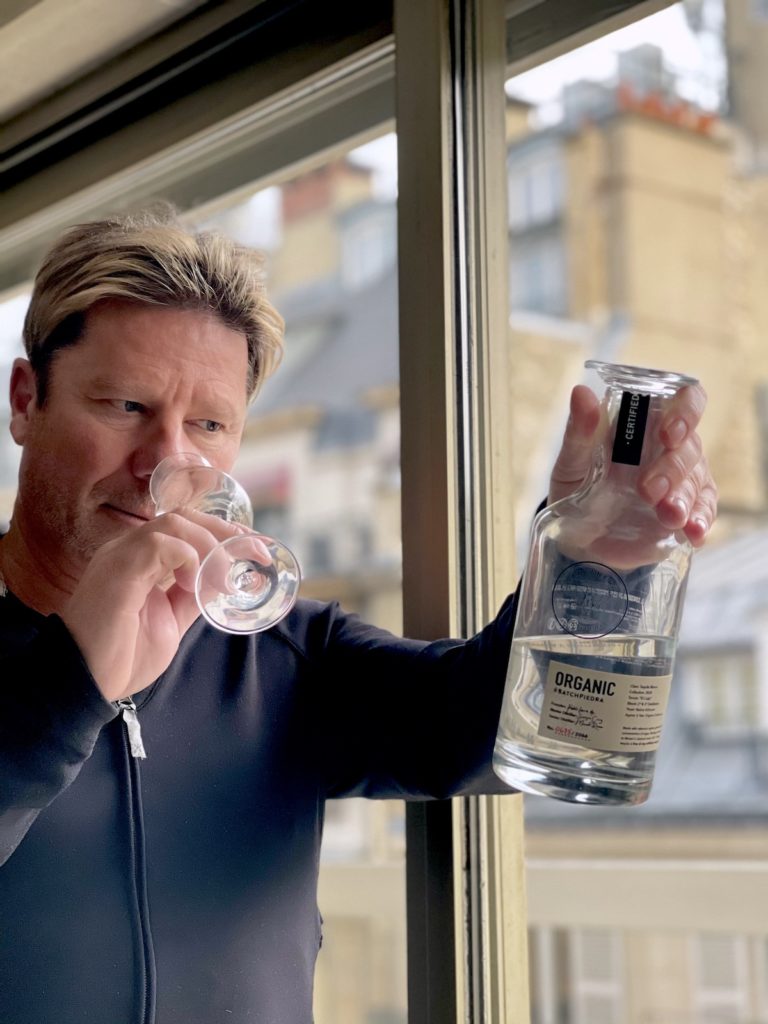
Instagram
Sergio Iñigo
He began his studies as a Sommelier at the La Cave Institute of Jose Luis Otero, in 2006 at the direct invitation of Juan Mari Arzak and his close relationship with Martín Berasateguí, did his internship with Andoni Luis Aduriz at MUGARITZ País Vasco, Spain, upon returning to Mexico , develops Photography and Corporate Image projects for firms such as LÓreal Paris and Jean Paul G. He is a university professor since 2008, currently presides over the position of Synodal for the Vizcaya University of Las Américas.
In 2009, in Lima; opens CENTRAL restaurant of Virgilio Martinez Veliz as his Sommelier, where together with VITA SAC of José Cuenco, he advises Corporate accounts such as Club Nacional del Perú, LUXURY COLLECTION Group (Paracas de la Familia Brescia), collaborator with Apega de Gastón Acurio in pairing dinners in order to support the countryside of Peru. -Country Club San Isidro, L27 of Grupo Aramburú (CALA, ALFRESCO). He also achieves with this Spanish wine importing house, the NOMINATION to SOMMELIER OF THE YEAR in the SUMMUM 2010 Guide.
He worked as a Sommelier at MISTURA Feria Gstronómica 2009 and 2010, together with Massimo Botura, Los Hermanos Roca, Mitsuharu Tsumura, Pedro Miguel Schiaffino, Soren West, Alex Atala with whom he tasted a menu of times, in several signature dinners held from 2008 to 2011 in Territory Peruvian.
From 2003 to date he serves as Head Sommelier of the Yucatecan Chef Roberto Solís , founder of nectar.
Tasting Notes:
SIGHT:
High crystallinity, alive!, unctuous, medium high density, (not oily), presents an interesting outer ring with a sensitivity of the full color spectrum (rainbow effect).NOSE:
Mineral, Vegetable and Floral. A filtration of Sodium derived from the filtration of water in a memory of black ink, possibly coming from graphite, is perceived, passing to the vegetal part, the first recognized aroma is that of medium cooked agave with a residual sugar of 4/10, flashes of raw mead of the day, citrus peel, acitrón compote, toasted acoustic chili and a hint of Luisa herb leaf infusion, all encompassing the present ending of jasmine flower with a marked presence of high glycerol alcohol.MOUTH:
Friendly and forceful attack, with a mineral vegetable impression, sophisticated permanence and with a lot of propolis (royal jelly), the flavors found in the organoleptic are the following: Keffir lime, mold, earthy alkaline, with an organic chemistry intercom (propolis and pink grapefruit veins).
SUGGESTED PAIRING:
Vegan ceviche with ataulfo mango, celery shoots, habanero pearl with mango, bouquet garni and comal roasted onion, finished with the mango broths in Santanera Organic tequila.
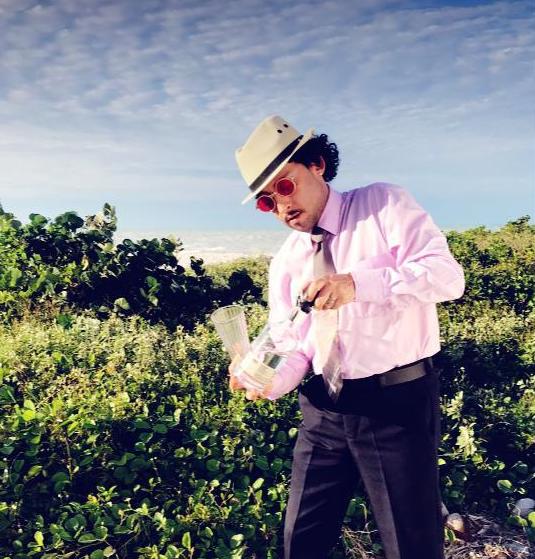
Instagram
Rogelio Cortés Ricárdez
Rogelio began his professional training at the Culinary Institute of Mexico in the city of Puebla, in this period he obtained 1st place in the International “Coupe Georges Baptiste” competition for service in Rouen, France in 2002. Later, he was awarded the scholarship awarded by the “Fondation Turquois” to live a year in the Principality of Monaco, it is here that he decides to focus his career on the world of wine, this time back in our country.
He is certified as a Sake Advisor by the “Sake School of America” as well as Certified Sommelier by the “Court of Master Sommeliers”. Year after year he participates as a Judge in the Pairing Contest carried out by the Ensenada Wine Brotherhood within the framework of the Harvest Festivities, as well as other participations in tastings and events.
Tasting Notes:
C O M I N G S O O N
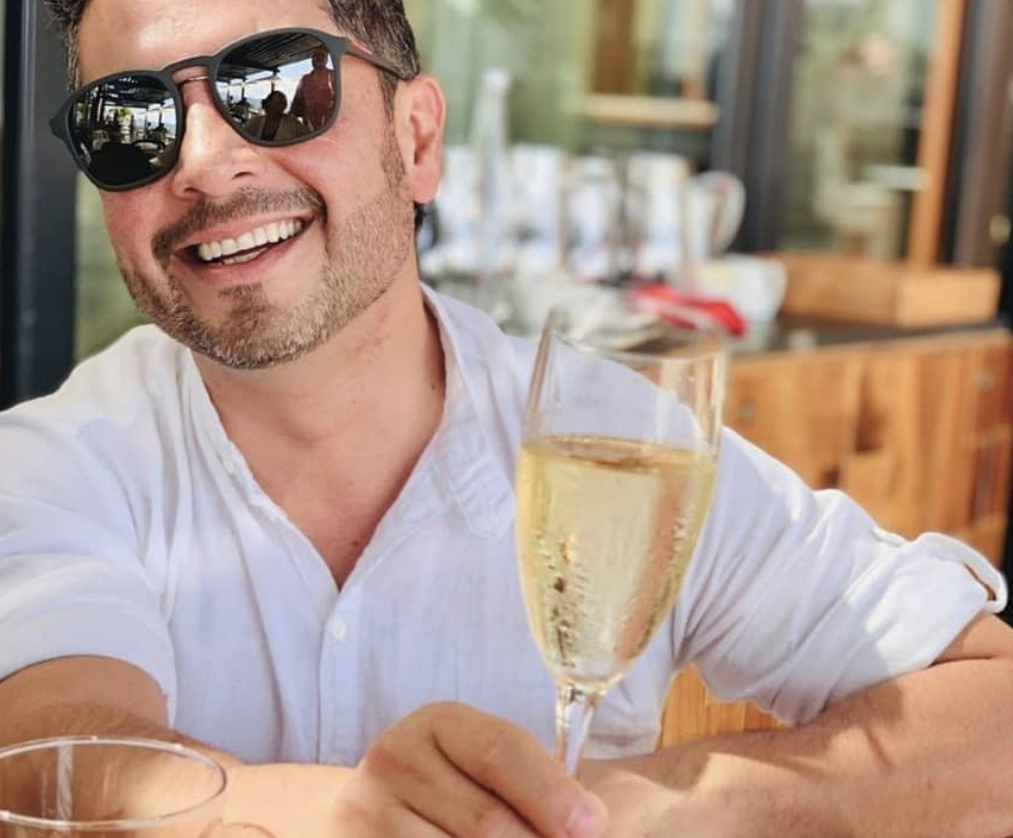
#BatchPiedra was born In the midst of the worst pandemic in the recent history of humanity , thanks to this confinement we had the time to perfect techniques that will result in a more powerful and complex organoleptic experience, the selection of agaves was from a very special terroir, For the first time in the industry, a tequilana weber agave is distilled from ceboruco only, this means that the agave was planted in a rocky place where the stones surrounded it, limiting its growth in size but concentrating energy on a smaller pineapple or stalk. dimension, what do we have as a result? An agave with a high concentration of sugar that in fermentation will reveal unique aromas.
Terroir Characteristics
This terroir is characterized by a rocky, limestone, low humidity and highly mineral soil. It is located at 1400 meters above sea level and has an average inclination of 25 °.
Pantone P13-3U
At Casa Santanera each of our organic lots is characterized by a label color and name, in this case the label's color inspiration is due to the shades of the stones that accompanied our agave.
